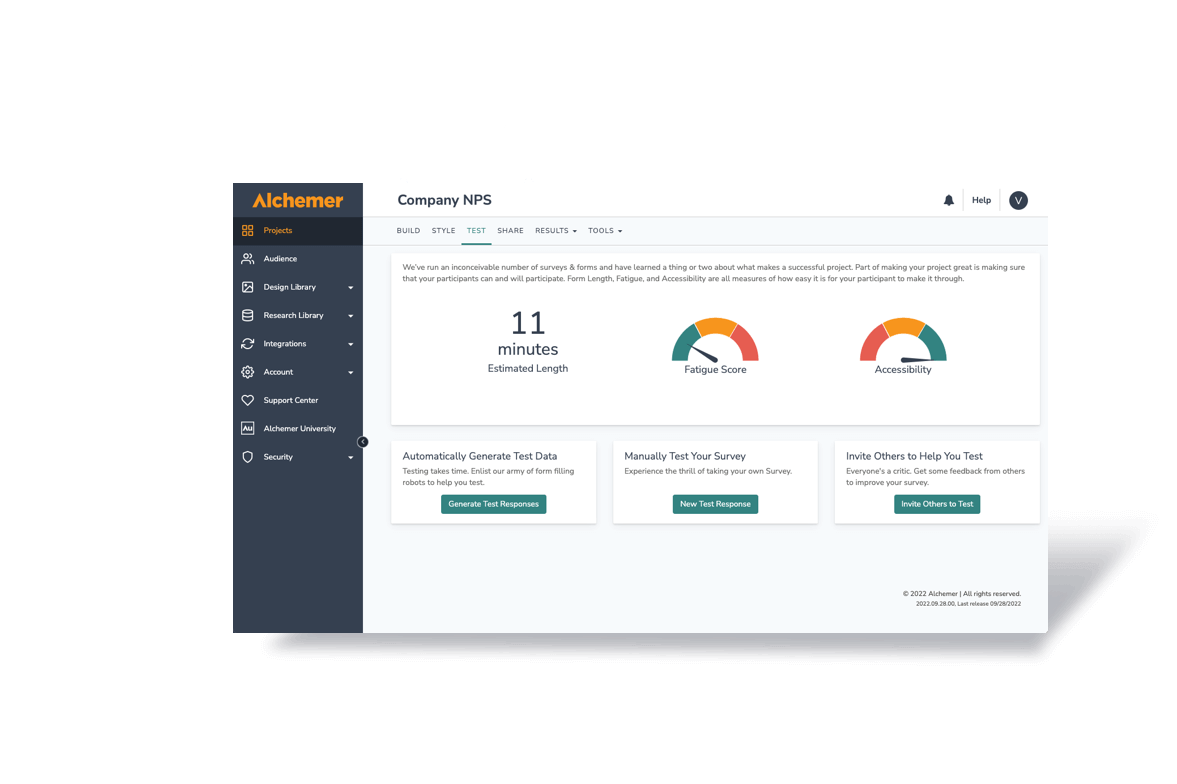This post references out latest e-guide, “Customer Feedback is Everywhere: The Ultimate Guide to Omnichannel Feedback Collection”. You can read the full (and free) e-guide, here!
Organizations that rely on a single-channel feedback approach may overlook valuable insights. These missing insights are crucial for understanding customer needs and expectations. Without a comprehensive view, businesses risk losing opportunities to improve customer satisfaction and build long-term loyalty. That is where omnichannel feedback comes in. By gathering insights from multiple channels and unifying them into a single source of truth, organizations of all types can build the foundation for a seamless, data-driven strategy to improve customer experience.
Let’s explore how an omnichannel feedback approach drives meaningful value for your business or organization.
A complete view of the customer journey
Customers don’t interact with organizations and businesses in a linear way. They might start with an online search, read reviews on social media, visit a physical store, and then complete a purchase through an app. Omnichannel feedback allows businesses to capture insights from every touchpoint, creating a 360-degree view of the customer journey. In fact, 73% of customers use multiple channels throughout their entire purchasing journey.
With this holistic perspective, organizations pinpoint areas of friction, understand customer preferences, and offer personalized experiences at every stage. Personalization is crucial, as 80% of consumers are more likely to make a purchase when given personalized experiences.
More accurate and actionable insights
Relying on just one feedback channel (like post-purchase surveys) can lead to biased or incomplete data. Different customer segments have unique preferences when it comes to communication. Some customers prefer to leave detailed reviews online, sharing their experiences in depth. Others are more likely to respond to in-app surveys, providing quick feedback within the platform they use most. .
Organizations can collect feedback from multiple channels, including emails, chat support, in-app feedback, online reviews, NPS surveys, and social media mentions. By aggregating this data, they create a more complete picture of customer opinions. This comprehensive approach ensures a more accurate and well-rounded understanding of customer sentiment. This ensures that organizations make decisions based on comprehensive insights rather than isolated data points.
Improved customer experience and loyalty
Customers want to feel heard, no matter how they choose to engage with an organization. Organizations across state and local government, as well as the private sector, interact with diverse audiences. When they collect feedback from multiple channels, they gain a broader perspective on customer and constituent needs. By acting on this feedback, they demonstrate that every opinion matters, fostering trust and engagement.
For example, a bank may receive frequent in-app feedback about navigation issues in its mobile banking app. If many customers report difficulty with account settings, the bank can prioritize improvements to the user interface (UI). By analyzing customer comments, heatmaps, and targeted feedback requests, they can identify specific problem areas. They might discover that users struggle to find features like bill pay or transaction history.
Addressing feedback proactively fosters trust and loyalty, leading to higher retention rates and increased customer lifetime value.
Faster issue resolution
Omnichannel feedback helps businesses detect and resolve issues quickly. Instead of waiting for customers to submit formal complaints, organizations monitor real-time feedback through social media, NPS responses, and review sites to spot problems as they arise.
This proactive approach not only improves customer satisfaction but also helps prevent small issues from escalating into larger problems that could damage the organization’s reputation.
Competitive advantage
Companies that actively listen to their customers across multiple channels are better equipped to stay ahead of the competition. By continuously improving their products and services based on real customer feedback, they can differentiate themselves in crowded markets.
Businesses that adapt quickly to customer needs are more likely to stay competitive. They can refine their product offerings, improve service quality, or enhance digital experiences to better meet customer expectations. By making these adjustments, they build stronger customer relationships. Over time, this responsiveness drives long-term success and brand loyalty. This is evident in the fact that brands with strong omnichannel customer engagement grow revenue 9.5% annually, compared to 3.4% for companies without strong omnichannel strategies.
Continue reading
Want to continue learning about omnichannel feedback? Download our new e-guide, “Customer Feedback is Everywhere: The Ultimate Guide to Omnichannel Feedback Collection”.
In this guide we:
- Explore the concept of omnichannel feedback and discover how to effectively collect and analyze customer feedback across various channels.
- Dive into the challenges and opportunities presented by a changing feedback landscape.
- Identify what strong omnichannel feedback programs look like and discuss the benefits these programs provide to organizations.




